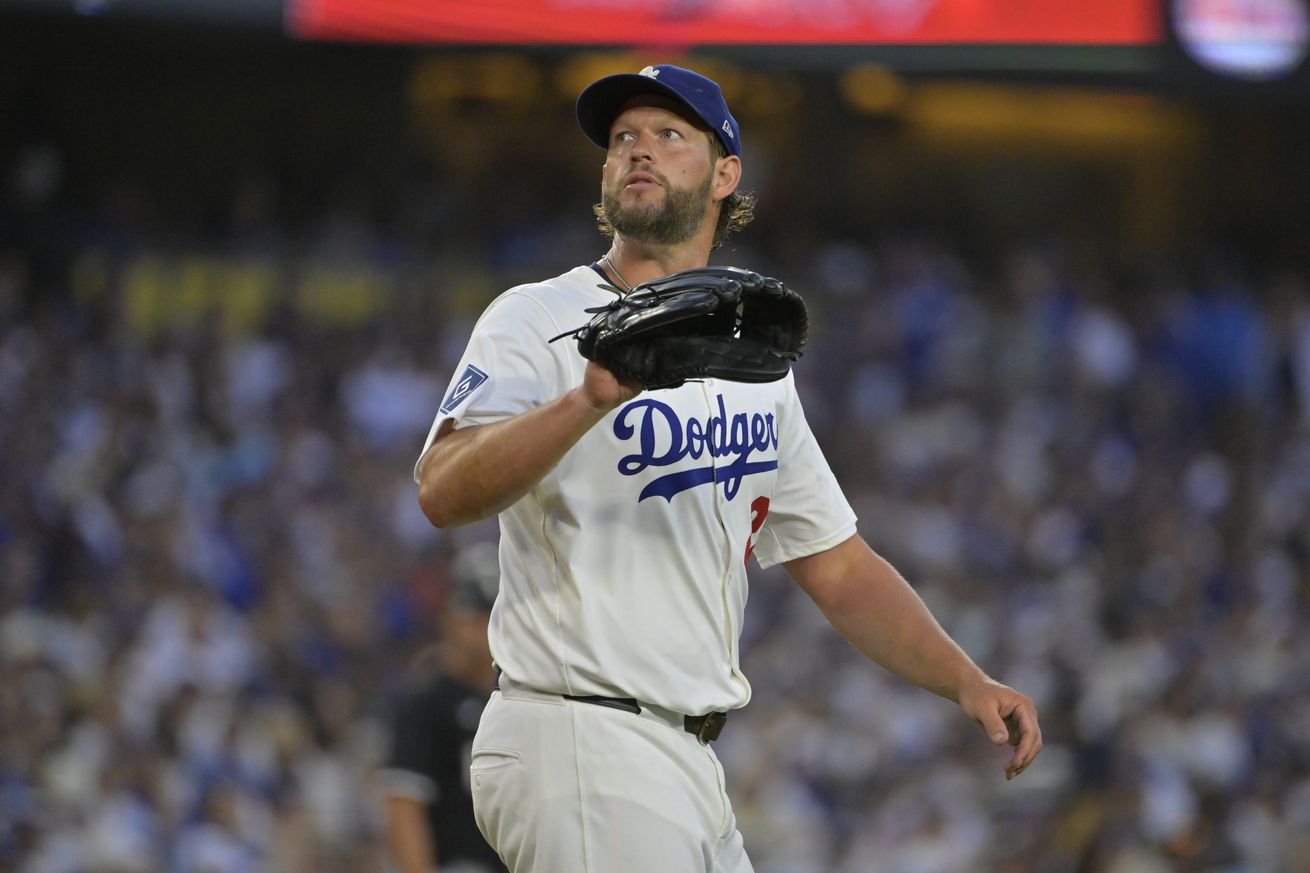
Kershaw’s slider hasn’t always been there, but it’s become a mainstay in his repertoire.
Clayton Kershaw has collected a little over one-third of his strikeouts, including his historic 3,000th, on his now-foundational slider, but that pitch wasn’t part of his repertoire when he debuted for the Dodgers in 2008.
After fiddling with a changeup that never quite materialized as an effective pitch, Kershaw changed tactics and found his slider. And not a moment too soon: In May 2009, he had a 4.34 ERA and a lot more pressure from batters on his fastball, writes Eno Sarris at The Athletic.
Thankfully, Kershaw and the slider were a natural fit, and the pitch quickly became the most valuable on in Major League Baseball, according to FanGraphs. Kershaw has continued refining it, too, improving both the speed and drop over the years.
Now, it’s his most reliable pitch—more so than his once-famous fastball—despite a slight drop in velocity from its peak from 2014 to 2017. Part of that success is due to Kershaw’s command. He’s been able to keep the slider tightly within the zone compared to his four seamer and curveball, making it a true weapon each time he toes the rubber.
Dodgers Notes
The Dodgers had eight finalists for the All-Star starting lineup, but only three made it through. If two more had been selected, the Dodgers would have joined a unique list of teams to have five All-Star starters, writes Steve Henson at the Los Angeles Times.
Dodger Stadium is the third-oldest ballpark in the nation, and its recent updates have managed to keep the park’s retro charm while still bringing it into the 21st century. Richard Martin at The Architect’s Newspaper explains why L.A. is a model for other historic venues.
Kiké Hernández spoke up about ICE raids in Los Angeles, a city he says adopted him as one of its own. Now, L.A. artist Louie Palsino has immortalized that statement in a North Hollywood mural, writes Chuck Schilken at the Los Angeles Times.